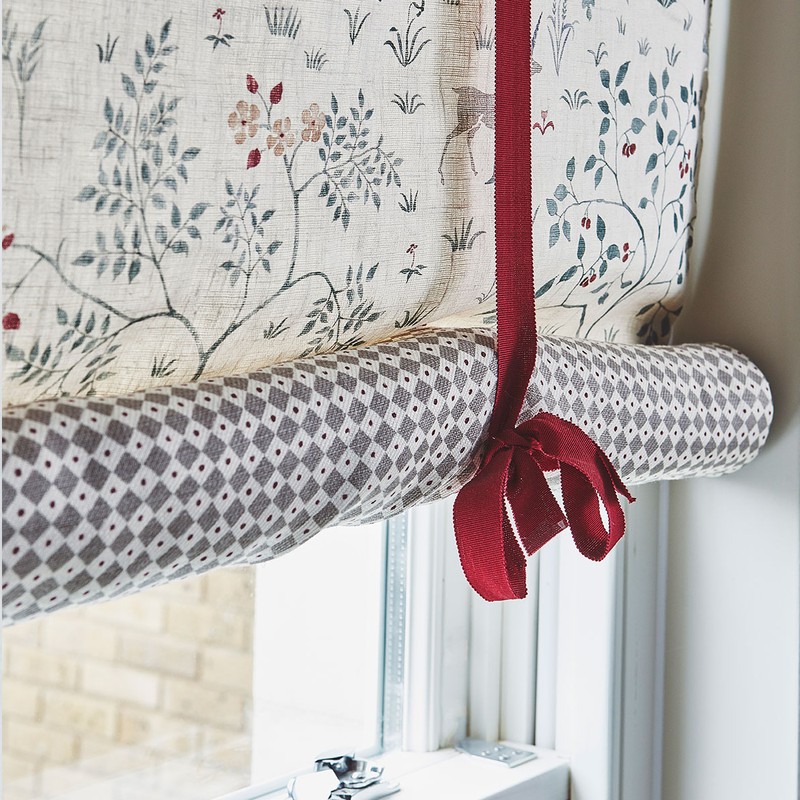How To Dress Your Windows
Know Where To Start
Before attempting to replicate a look from Pinterest or a magazine, always consider the architecture of the window and house, and what type of treatment will enhance the design as a whole. “I always spend a lot of time discussing this with both my curtain maker and my client,” explains interior designer Katharine Paravicini. “I tend to stick to the rules of classic curtain-making and look to the greats such as John Fowler and David Hicks for inspiration. Miles Redd as a contemporary designer does incredibly beautiful window treatments, as does Veere Grenney.” “I think it’s a matter of preference, particularly when it comes to privacy and light," says founder of interior design practice Studio L, London, Laura Marino. "And make sure you know the mechanics of the window or door you’re looking to put blinds on."
Get To Grips With Curtain Headings
The heading, fullness and the length all determine the overall look of curtains, and each will be different depending on what you want to achieve. “To achieve a streamline, more contemporary look, have the curtains just skim the floor with a pinch pleat heading,” says Henry Miller-Robinson from K&H Design. “For something a little more traditional, the curtains would most likely gather on the floor and look a little fuller. For a more rustic look, use contrasting fabrics on each side of the curtain.”
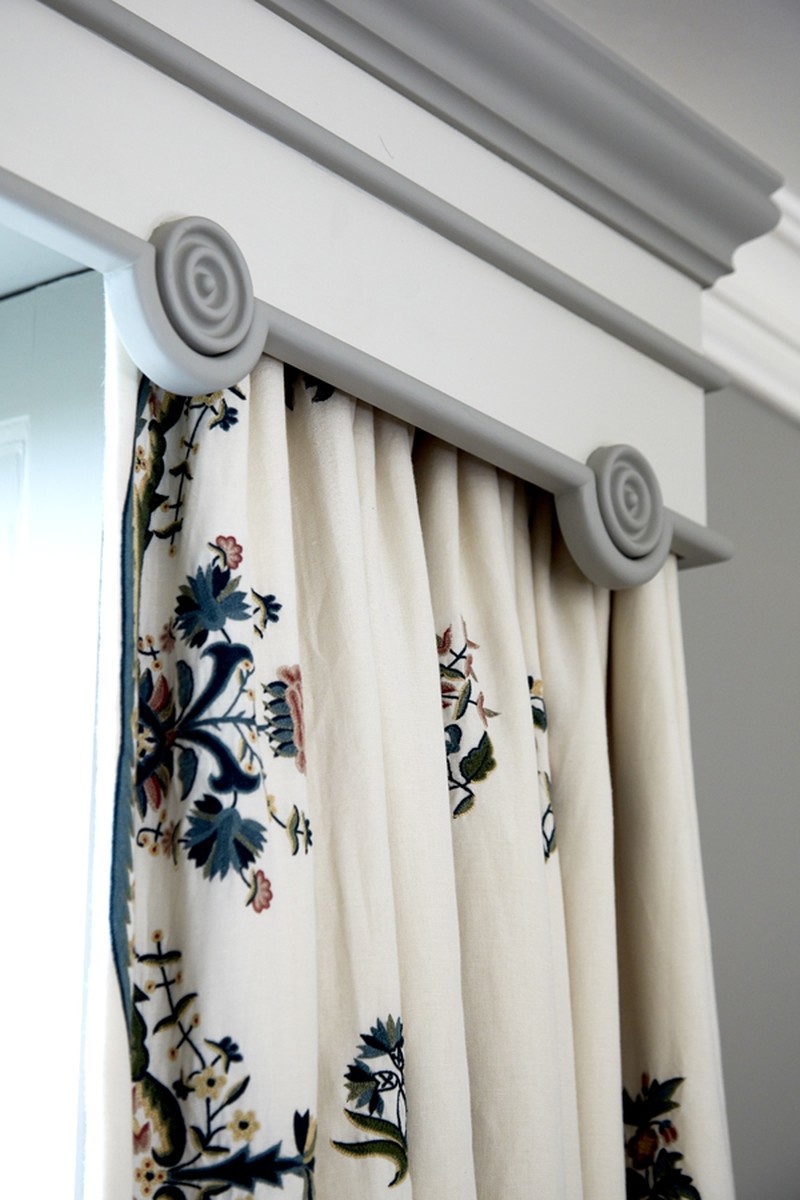
Choose Fabric Wisely
The days of hard and fast rules about which fabrics can be used where are long gone, but there are still some practical considerations around fabric choices to bear in mind, particularly as the fabric will have an impact on how the curtains hang. “A lovely wool will look quite tailored whereas a linen can look a little more relaxed,” says interior designer Anna Hewitson. “Also, consider the colour-fastness of the fabric. For example, I wouldn’t advise using 100% silk in a very sunny room – it just won’t last.”
Think About Curtain Poles
Not only seriously on-trend, curtain poles can be painted to tie in seamlessly with the rest of the design. “The proportions of these should be correct, and the finish, colour and design of curtain pole is a very important element in the overall scheme of the room,” explains Katharine. Experts agree that swags, tails and frilly tiebacks are definitely relegated to the history books, but pelmets are still popular. “Although people often associate pelmets with being very traditional, this is not the case,” reveals Katie Glaister from K&H Design. Meanwhile, upholstered options – straight or shaped – give a clean, smart aesthetic and frame a window beautifully. There are also gathered pelmets, pleated pelmets and loose straight pelmets. “A covered lathe is a good option if you don’t want to block off too much light,” says Katharine.
Understand Blind Styles
Venetian, Roman, gathered, roller – there’s myriad styles of blind to choose from, if that’s your preference. “You need to consider how they’ll be fixed and the space available,” says Anna. “For instance, it’s usual to fix roller blinds inside a window reveal, whereas Roman blinds can be fitted inside or outside. You might want to consider how much of a feature you want them to be.” Gathered blinds are also becoming more popular, and look especially pretty when done in a delicate fabric.
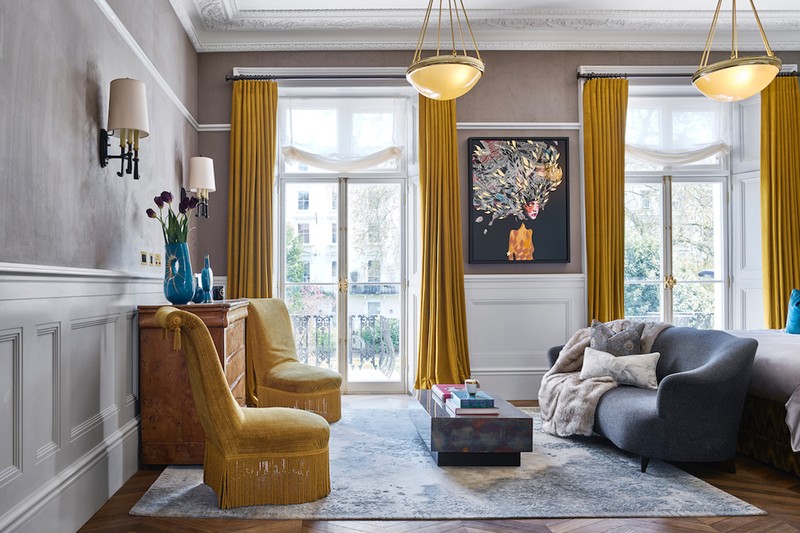
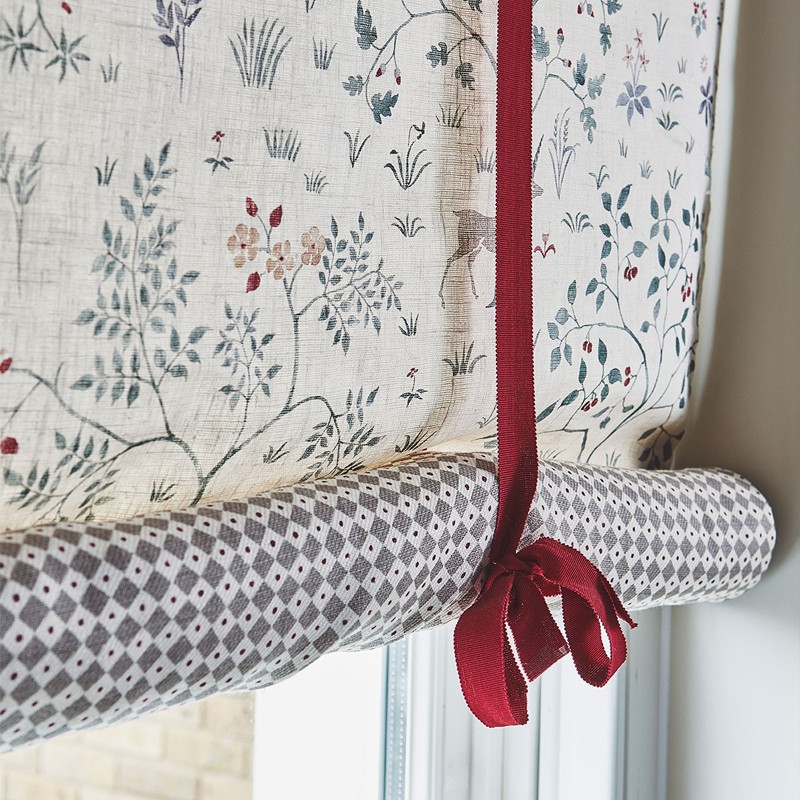
Don’t Forget The Border
To add some designer flair to your blind, use a contrasting border to elevate the overall look. “Borders and braids are a great way to add extra detail to both curtains and blinds, but especially to a pelmet or valance paired with a roman shade," says Laura. “The fabric should be backed for a roller blind so you probably wouldn’t want anything too thick or heavy,” adds Anna. “For Roman blinds you can use pretty much anything but consider how the fabric will hang and hold its shape - if it’s linen, it’ll crease and look less structured.”
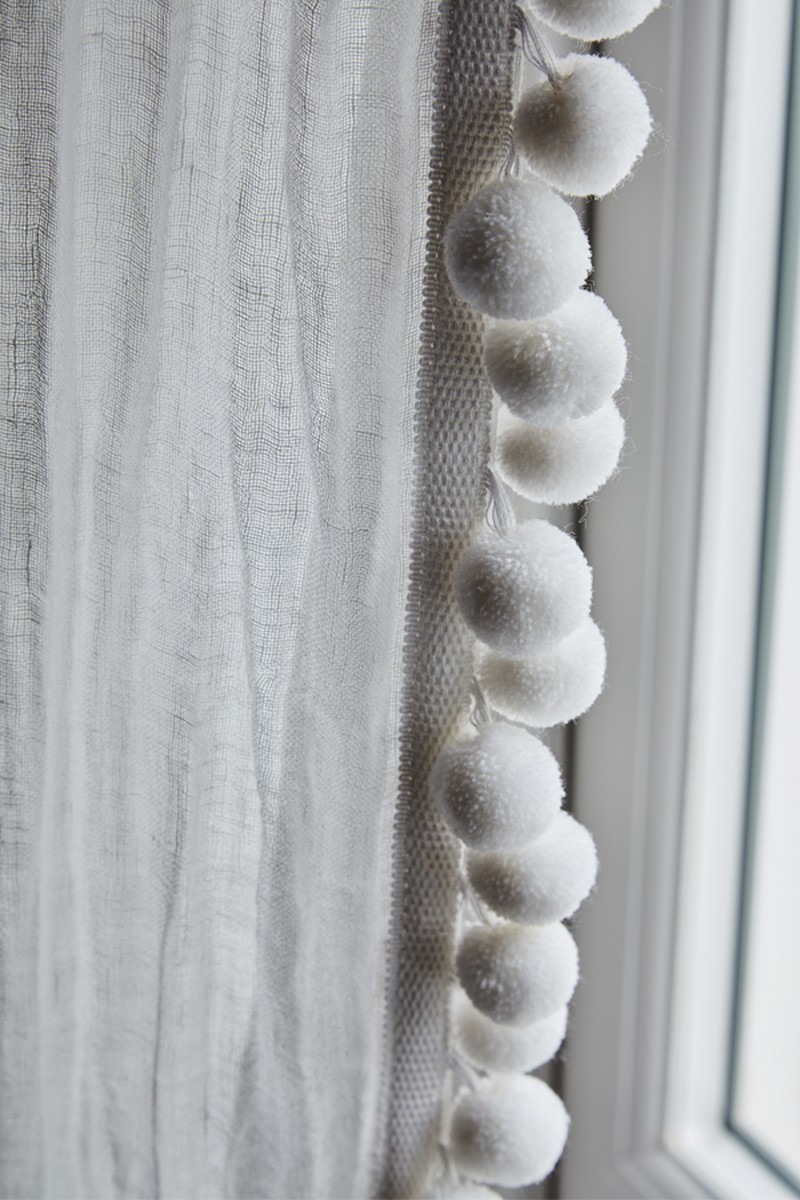
And Finally, The Finishing Touch…
Trimmings and borders will bring a bespoke finish to any design. “Curtains with borders down the leading edge is a fun thing to do,” says Katharine. “And contrast binding a blind or curtain also can finish it off beautifully. A trim can also lend a more luxurious feel.” When working within a budget, try buying a less expensive plain fabric and add a trim to get that luxe look. Katie even suggests using trimmings to breathe new life into an existing pair of curtains.
Places To Investigate Further…
DISCLAIMER: We endeavour to always credit the correct original source of every image we use. If you think a credit may be incorrect, please contact us at info@sheerluxe.com.
